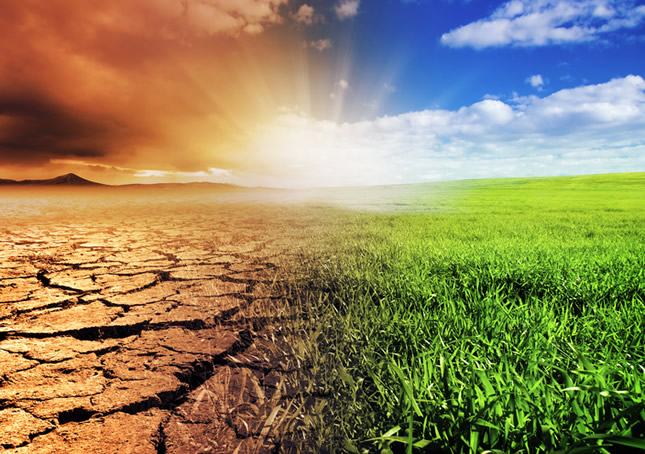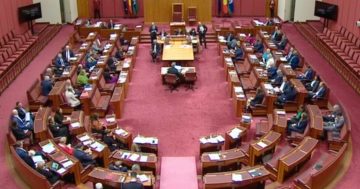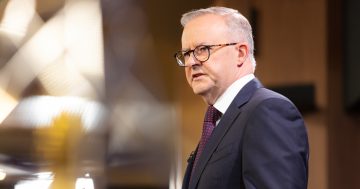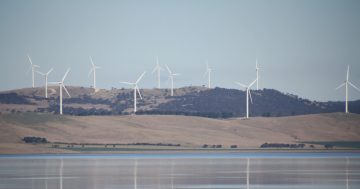
As Australia sweltered through record breaking temperatures last weekend, the issues of climate change and energy security continue to be the subject of some of our most contentious national political debates. While an unusual alliance involving business, unions, the conservation movement and community sector plead with politicians to agree on how to respond to these issues, a number of State based Liberal parties are vowing to wind back jurisdictional based energy targets if they win government.
As is often the case, things are a little different here in the ACT. Here we find ourselves in the unique position of having a political consensus that has enabled us to get on with the job of transforming our electricity generation to cleaner renewable energy sources. This sees us steadily moving towards the target of 100% renewable energy generation by 2020, with 20% of our energy already generated by renewables with this rate is climbing all the time. The contracts are locked in, and due to a reverse auction process, the ACT is likely to experience more affordable energy compared the rest of the country when we reach this target.
This hasn’t happened by accident or been an easy process. When the ACT Greens raised the prospect of ambitious renewable energy targets a decade ago, both the Labor and Liberal parties were sceptical. Thanks to our political system, which has delivered the balance of power to the ACT Greens, and mechanisms such as the successive Parliamentary agreements that have followed the last three elections, the parties forming government have been able to work cooperatively to develop sensible energy policy that has been good for the economy, the community and the planet. We have even seen some support from the Opposition – while somewhat reluctant, it was a welcome move when the ACT Liberal Party resisted the temptation to play politics around energy policy in the lead up to last year’s election and endorsed the ACT’s renewable targets.
It is true that the ACT is a small player in the national energy market. Some may argue that its action is not significant in the context of the larger states who produce and consume the vast majority of power in this country. However, it’s clear that our actions have made a real difference. A report released last year found that the ACT’s commitment was significant factor in supporting Australian investment in the renewal energy sector at a time where there was little other demonstration of a commitment to this industry. At last year’s climate conference in Marrakesh, the ACT was identified as one of a handful of jurisdictions who are world leaders in the response to climate change. With a political deadlock removing any hope for national action, the ability of states and territories to take action on climate change is more important than ever – and the ACT provides a blueprint for other jurisdictions to learn from.
This week the Minister for Climate Change, Shane Rattenbury, has introduced a motion into the ACT Legislative Assembly that asks our local representatives to reaffirm their commitment to climate change and the ACT’s commitment to ambitious but achievable renewable energy targets. I for one will be listening closely in the hope that they work together to continue the great work to date.
What do you think? Do you think the ACT’s renewable energy targets make a difference and do you want to see politicians working together across party lines to respond to climate change?
Rebecca is an active member of the ACT Greens and ran as an ACT Greens Candidate for Kurrajong in the last ACT Territory Election.




















